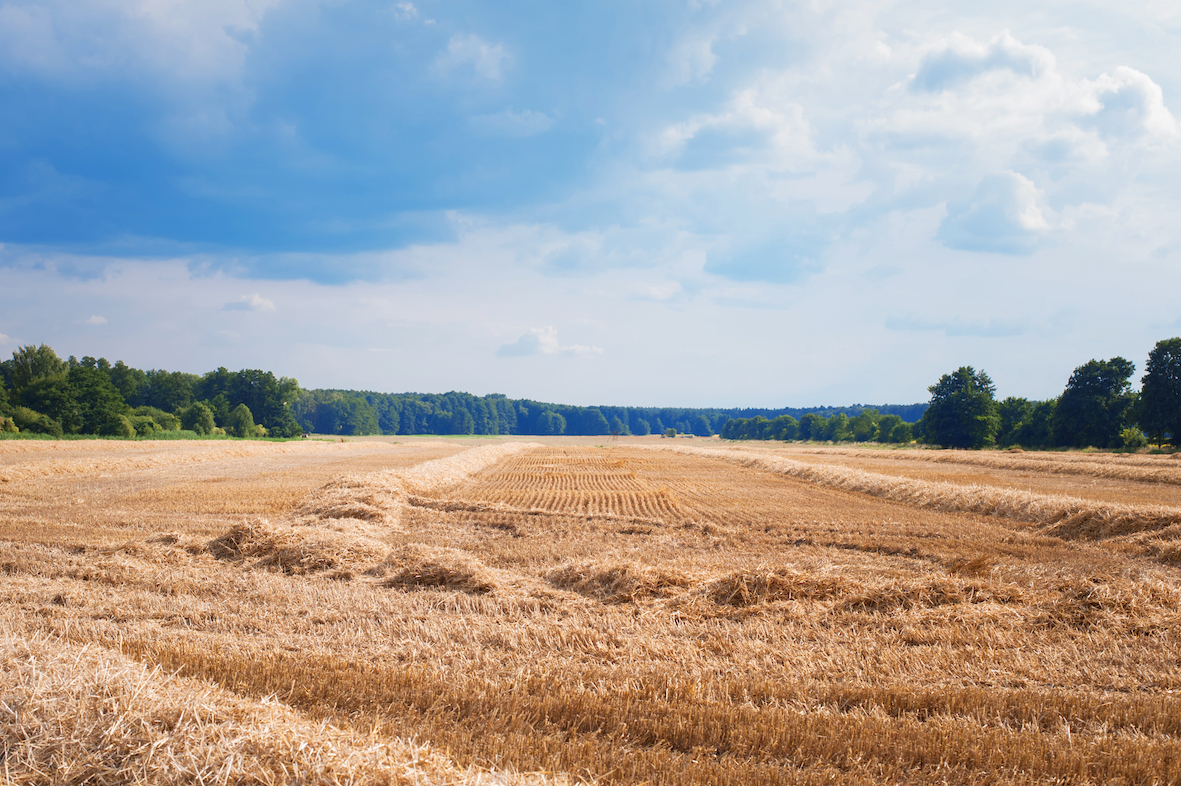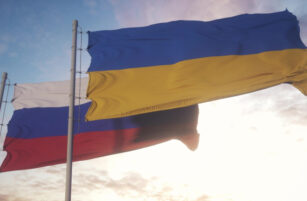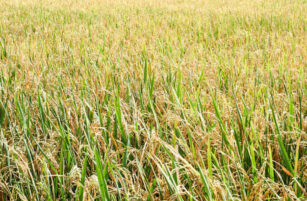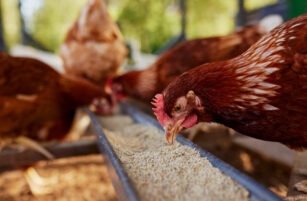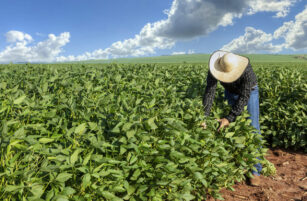- Here, we look back through what we’ve learnt about wheat so far.
- We discuss its different types and uses, and how contextual factors can manipulate where these are grown and what they are used for.
- We also reveal who the world’s largest producers, consumers, importers and exporters were last season.
An Introduction to the Wheat Grain
Wheat is classified as a grain, grown over large parts of the world, and is easily stored and transported.
Origins of modern wheat date back some 10,000 years or more, from species such as Einkorn, Emmer, Spelt and Khorasan wheat.

As a more resilient crop than other grains, such as rice and corn/maize, wheat can be grown over a much greater area of the globe, thriving in a wider variety of climatic conditions and altitudes.
It’s been a major part of diets for much of the global population, either by simple processing or for feeding livestock, over many centuries.
The United States Department of Agriculture put 2020 wheat production at a huge 773.66m tonnes, second only to corn at 1.14m tonnes.
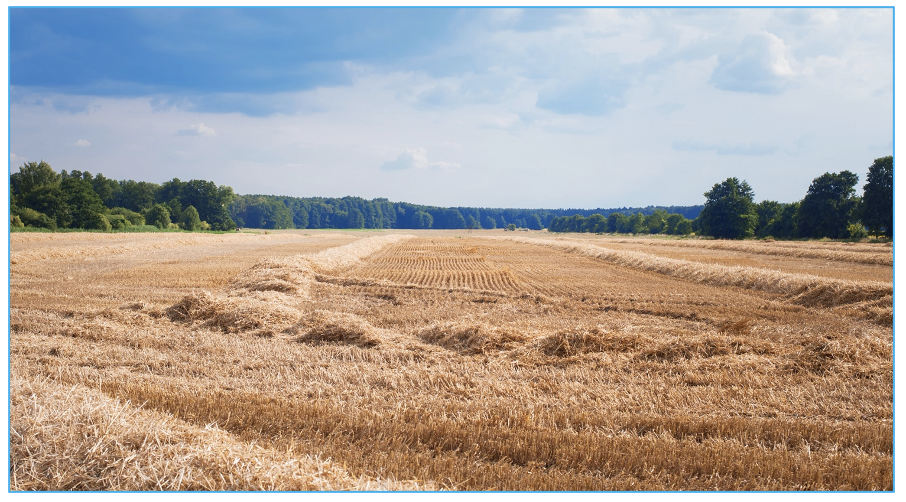
Types and Uses
Wheat is fed to animals and humans. However, ‘wheat’ is a broad term and there are a number of contextual factors which allow for it to be grown in a variety of regions with a huge array of uses.
We’ll now talk through some of the differing types…
Winter and Spring Wheat
As the names suggest, the differing varieties are planted either in the winter or spring. The winter crop will be harvested mid-summer, with the spring crop being harvested later in the summer and early autumn.
Winter wheat can be considered ‘the endurance athlete’ as it has a much longer growing season than spring wheat, which is more of a ‘sprinter’.

Winter varieties are sown ahead of the harsh winter season and establish a green carpet of plants over the fields, which then lie dormant over the cold months. Once the temperatures begin to warm, the plant wakes up and reaches maturity for the summer harvest.
Spring varieties are sown once the soil temperatures start to rise to suitable levels for germination. The plants will then race out of the ground for a rapid rise to maturity, harvested in the latter months of summer.

Click Here to Read the Full Explainer…
The main difference between the two is that winter wheat can be both ‘hard’ or ‘soft’, whilst spring wheat is generally hard wheat of higher quality, meaning its of higher value to the producer.
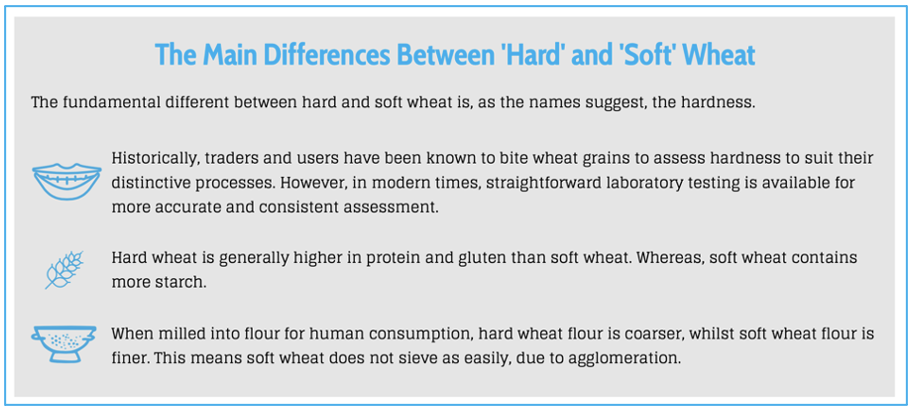
Click Here to Read the Full Explainer…
The Major Wheat Producers
China and India, the fourth- and seventh-largest countries in the world by land area, and the two most populous countries in the world, produce enormous quantities of wheat.
They are the only two countries that produce over 100m tonnes per annum.
Between them, they should hold approximately 60% of world’s projected 319.50m tonne ending wheat stocks in 2021. China is set to have 161.18m tonnes and India 31.11m tonnes. These large reserves are the reason that neither is a major player in the export market, preferring to stockpile and ensure food security for the 1.44 billion and 1.38 billion people respectively in each of these vast states.
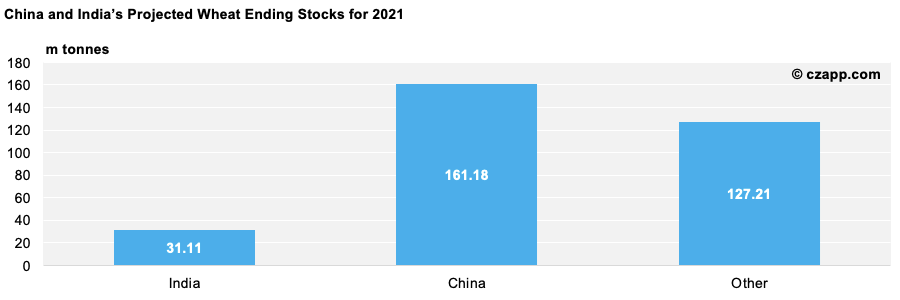
The Major Wheat Exporters
Let’s turn our attention to the main exporters of wheat. The EU, Russia and the United States are the world’s largest wheat exporters. Australia and Argentina also play important roles.

The Major Wheat Importers
North Africa is the largest wheat importing region and, as was seen in 2020, it often suffers from a range growing problems. Historically, Egypt was the breadbasket of the Roman Empire, with tides turning over the last two millennia. Egypt now holds the crown as the world’s largest wheat importer.
South-East Asia is another region that imports a significant amount of what each year due, not only to consumption, but to the fact that the area isn’t suited to commercial wheat production.
The Middle East sits well geographically for strong competition from both Northern and Southern Hemisphere wheat sellers and, with wealthy nations, is an important buyer on the world stage.
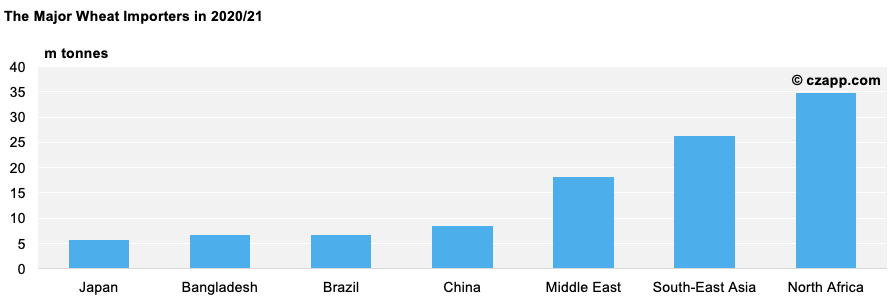
The Wheat Supply Chain
1. The Farmer
When thinking about a wheat farmer, it’s fair to say that most of us imagine someone driving a tractor, nurturing their crop from sowing to harvest. Although this is paramount, a great deal of planning is equally important. Planting, storage, marketing and selling must all be considered.
Planning in advance requires the farmer to consider the regional climate and the variety they wish to grow, whether it be winter or spring, and hard or soft.
They must also weigh up which are the most suitable markets, and the destinations that will return the best prices for their wheat.
Storage facilities are also key, along with ability to clean and maintain these and the crop to the highest level. In doing so, quality retention is assured, and pest infestations are avoided.
2. The Physical Market
Farmers have historically sold to local feed compounders or mills. The modern market is less personal as user processors are much larger. They buy big volumes from ever bigger trading companies who, in turn, buy from the producers.
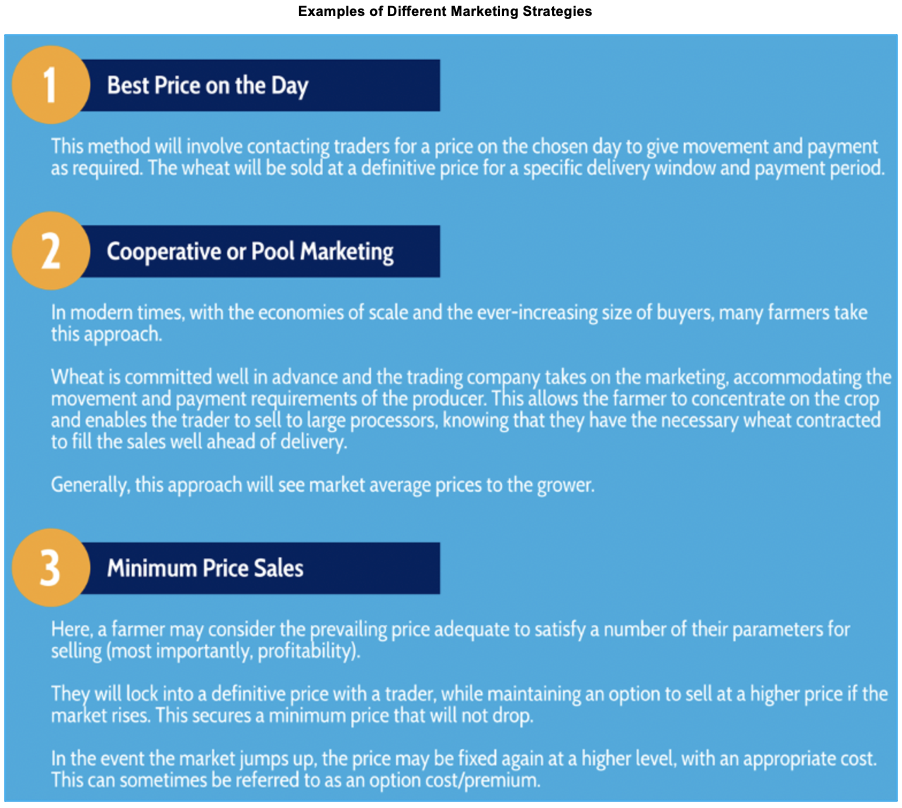
Click to Read the Full Opinion…
3. Traders and the Global Futures Markets
The trader’s position in the supply chain can perhaps be best described as the ‘facilitator’. The trading houses will be the buyers, collecting from the farm. They’ll deliver to the processor buyer at the end. This may involve a lorry from farm to processing plant, or it may include transport, storage, shipping and delivery.
To facilitate the pricing for each party, traders often use the wheat futures markets to manage price risk, thereby enabling the producer to sell when they wish, while the buyer purchases at their will.
There are a number of global wheat futures markets, each having specific quality specifications and terms to suit the regional wheats grown. The Chicago Soft Red Winter Wheat futures market has the largest volume of contracts traded.
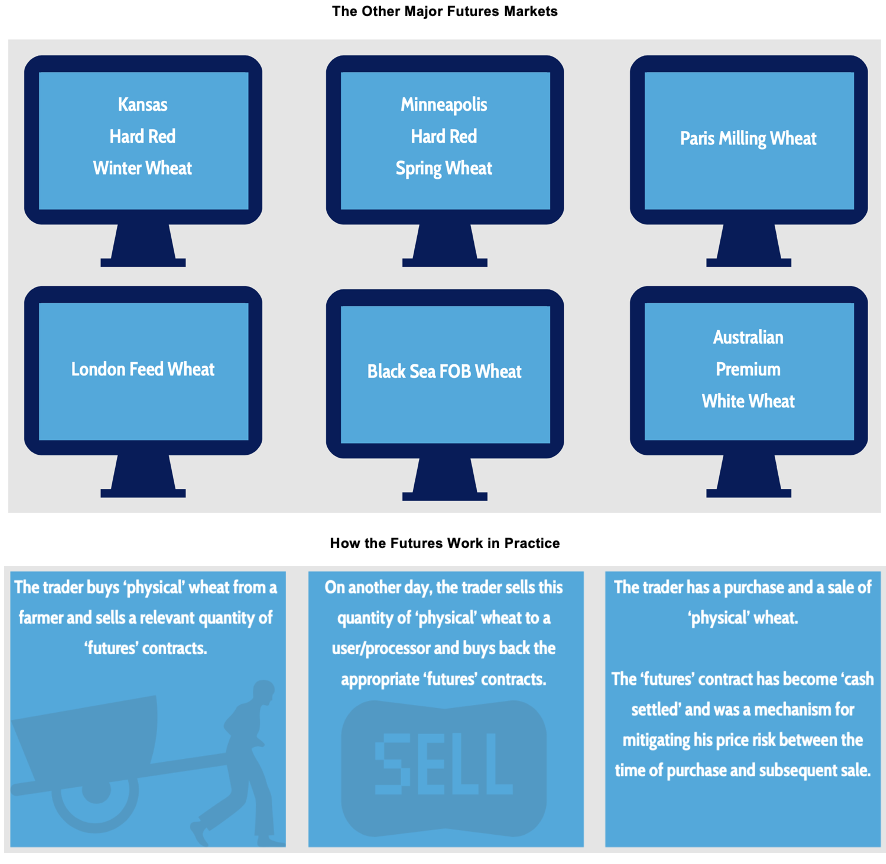
Click to Read the Full Explainer…
Summary
Wheat is not just wheat. There are many types and qualities needed for the modern consumer.
Farmers are not just wheat growers; they are the starting point of a complicated, but highly efficient supply chain.
The countries that grow the most wheat don’t necessarily sell the most, but they do have the largest stockpiles.
Ensuring the required amount of quality wheat arrives in the right place at the right time to all corners of the world, whilst offering transparent pricing and meeting the logistical challenges of this huge supply chain is not a simple task.
However, continuing evolution of a truly extraordinary market and supply-chain provides food security for billions of people around the world.

Other Opinions You Might Be Interested In…
- Czapp Explains: Winter Wheat vs. Spring Wheat
- Czapp Explains: Global Wheat Futures
- Wheat Farming: Finding the Right Destination at the Best Price
- The World’s Largest Wheat Producers and Exporters
- The World’s Largest Wheat Users and Importers

